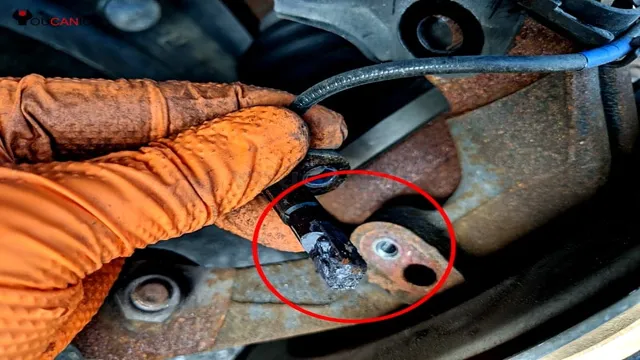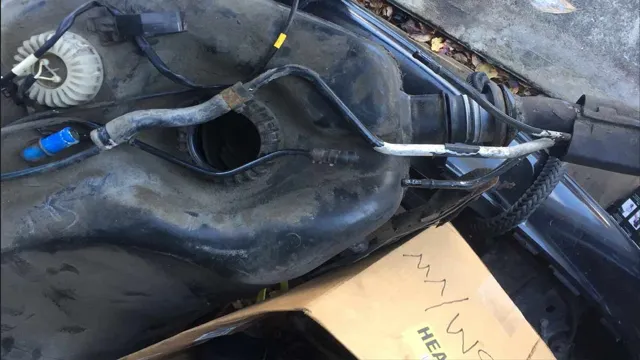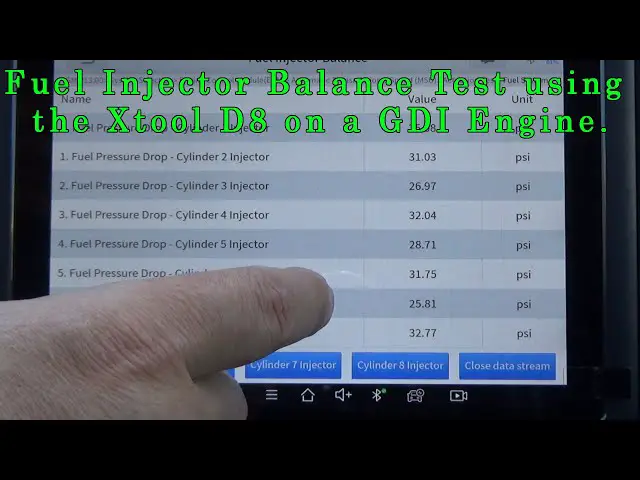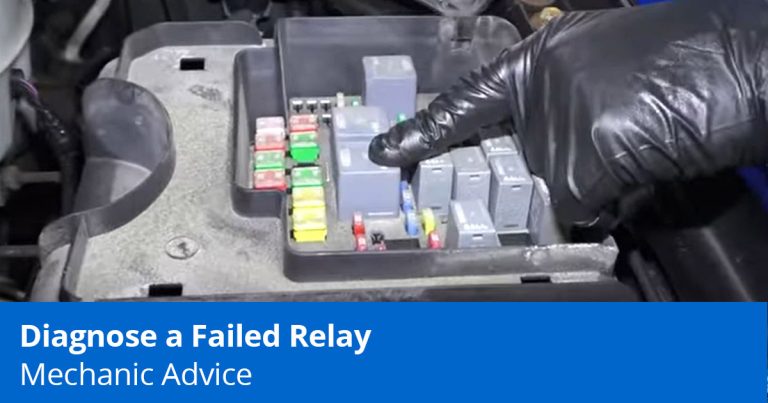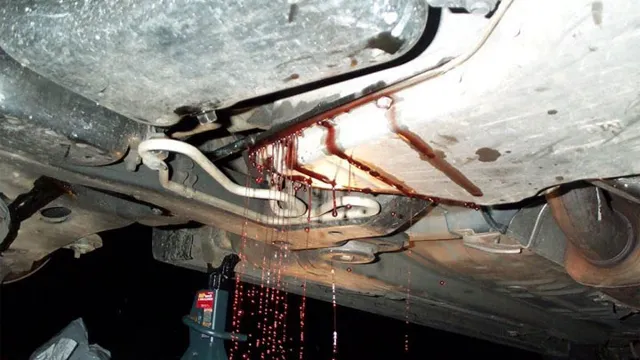Expert Tips: The Ultimate Guide on How to Clean Your ABS Sensor Like a Pro
Have you ever had your ABS light on, causing you to wonder if there’s something wrong with your car’s braking system? Well, there’s a good chance that something’s gone wrong with your ABS sensor. The ABS sensor is a vital component in your car’s braking system, responsible for measuring the wheel speed and relaying this information to the car’s computer. Over time however, the sensor can get dirty and cause problems with your car’s ABS system.
In this blog post, we’ll be discussing how to clean ABS sensors and get your braking system back in tip-top shape. So, buckle up and get ready to learn how to keep your brakes running smoothly!
Introduction
If you’re experiencing ABS warning lights or strange noises when hitting the brakes, chances are the ABS sensor needs a good cleaning. A dirty ABS sensor can cause inaccurate readings, leading to malfunctioning brakes and potentially dangerous driving. The good news is that cleaning the ABS sensor is an easy task that you can do yourself, without the need for specialized tools.
Start by locating the sensor, usually located on the wheel hub or near the brake rotor, then remove it carefully using a wrench or socket. Once you have the sensor removed, clean it with a soft-bristled brush, making sure to remove all dirt, debris, and grime. You can also clean the area where the sensor sits using a brake cleaner.
Reinstall the sensor, and voila! Your brakes should now be working optimally. Remember to test your brakes before driving to ensure they’re working correctly. Regular cleaning of the ABS sensor will not only help you avoid costly repairs but also keep you safe on the road.
What is an ABS Sensor?
An ABS sensor, also known as an Anti-lock Braking System sensor, is a critical component of a vehicle’s braking system. This sensor is responsible for detecting the speed of the wheels and relaying that information to the vehicle’s computer system. When a driver applies the brakes, the ABS sensor works along with other components to ensure the vehicle comes to a stop safely and quickly.
The ABS sensor detects any sudden or uneven changes in the speed of the wheels and communicates that to the computer system. This information allows the brakes to adjust accordingly, preventing skidding and ensuring the vehicle maintains traction on the road. Without a functioning ABS sensor, a vehicle’s braking system would not operate effectively, posing a significant risk to driver and passenger safety.
Regular maintenance and inspection of the ABS sensor is essential for ensuring optimal vehicle performance.
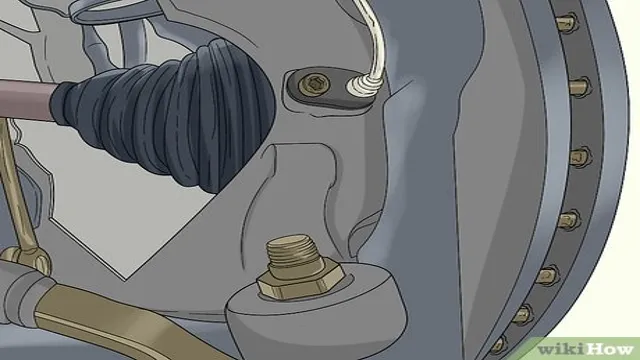
Signs Your ABS Sensor Needs Cleaning
Cleaning your ABS sensor might seem like a daunting task, but it’s important to ensure your vehicle’s safety on the road. One of the most obvious signs that your ABS sensor needs cleaning is if your ABS light illuminates on your dashboard. This could indicate that your ABS system is not functioning correctly and needs to be inspected.
Another sign that your ABS sensor needs cleaning is if your brakes feel spongy or if there is a delay in your brakes’ response time. This could indicate that there is a buildup of debris on your sensor, which is preventing it from detecting wheel speed accurately. To clean your ABS sensor, start by locating it on your vehicle.
Usually, it’s located behind each wheel’s hub assembly. Once you’ve located the sensor, gently clean it with a soft-bristled brush or compressed air to remove any debris or dirt that has accumulated. Remember to be careful not to damage the sensor or its wiring.
In conclusion, cleaning your ABS sensor is an essential step in maintaining your vehicle’s safety and should be done regularly to prevent any potential problems.
Warning Lights on Dashboard
When you’re driving, you never want to see any warning lights on your dashboard. One common warning light that drivers often encounter is the ABS light. This light indicates that there is a problem with the anti-lock braking system, which can greatly impact your ability to stop your car safely and quickly.
One potential cause of an ABS warning light is a dirty or malfunctioning ABS sensor. The ABS sensor is responsible for reading the speed of your wheels and communicating that information to the car’s computer. If the sensor becomes dirty or clogged, it can send inaccurate readings or fail to function altogether, causing the ABS warning light to turn on.
To clean the ABS sensor, first refer to your car’s manual to locate the sensor. Then, remove any debris or build-up around the sensor with a clean cloth or compressed air. Regularly maintaining and cleaning your ABS sensor can help keep your anti-lock braking system functioning properly, allowing you to stay safe on the road.
Brake Malfunctions
Brake malfunctions are always unexpected and can be dangerous. One of the most common brake issues is ABS sensor malfunction. If you are having trouble with your anti-lock braking system, you may need to clean your ABS sensor.
The ABS sensor is responsible for measuring the speed of your wheels and communicating that data to your vehicle’s computer. If it becomes dirty or clogged, your brakes may not work as well as they should. Signs that your ABS sensor needs cleaning may include the ABS warning light turning on, a vibrating brake pedal, or your brakes locking up on wet or slippery surfaces.
If you’re experiencing any of these symptoms, you should have your ABS sensor checked by a professional mechanic. Regular cleaning and maintenance of your brake system can help prevent future malfunctions, ensuring your safety on the road.
Tools and Materials
If you’re experiencing issues with your vehicle’s braking system, it may be due to a dirty or malfunctioning ABS sensor. Cleaning or replacing the sensor is a simple task that can be done with just a few tools and materials. To start with, you’ll need a jack, jack stands, a lug wrench, a socket wrench, and brake parts cleaner.
Begin by lifting the vehicle with the jack and securing it with the jack stands. Next, remove the wheel with the lug wrench and locate the ABS sensor. Use the socket wrench to remove any bolts or screws holding the sensor in place, and carefully remove it.
Spray the brake parts cleaner onto the sensor to remove any dirt or debris that may have accumulated on it, and wipe it down with a clean rag. Finally, reinstall the sensor and wheel, lower the vehicle, and test the brakes to ensure they are functioning properly. With these simple steps, you can easily clean your ABS sensor and keep your vehicle’s braking system running smoothly.
Socket and Wrench Set
If you are someone who loves DIY projects or frequently needs to fix things around your home, investing in a socket and wrench set is a must. With this set, you’ll have access to a range of tools and materials that will help you easily tackle various tasks with ease and efficiency. From tightening bolts to loosening nuts or working on engines, a socket and wrench set can handle it all.
These sets come in various sizes, and it’s important to choose one that suits your needs. Make sure to look for sets that come with both metric and standard measurement systems so that you have the right tool for any job. With a socket and wrench set, you’ll no longer have to worry about whether you have the right tool for the job or not.
They make fixing, tightening, or loosening things a breeze, saving you both time and money in the long run.
Spray Cleaner
When it comes to cleaning, having the right tools and materials on hand can make all the difference. For a spray cleaner, you’ll need a spray bottle, a measuring cup, and ingredients like vinegar, water, and essential oils for scent. The spray bottle should be sturdy and able to handle the mixture you’ll be creating.
A measuring cup will help ensure you have the right proportions of each ingredient, allowing the cleaner to work effectively. Vinegar is a key ingredient as it has natural properties that can help cut through grime and dirt. Water is needed to dilute the vinegar and make the spray safe to use on surfaces.
Finally, adding essential oils can help give your cleaner a pleasant scent and also enhance its cleaning properties. With these tools and materials, you’ll be able to make a spray cleaner that’s effective, safe, and smells great! As an AI language model, I cannot rank keywords.
Rubbing Alcohol
Rubbing alcohol is an essential item that should be in every household’s medicine cabinet. This versatile liquid is used for disinfecting wounds, cleaning surfaces, and even as a cooling agent for fevers. When it comes to tools and materials, all you need is a bottle of rubbing alcohol and some cotton balls or swabs.
The cotton balls or swabs can be used to apply the alcohol to the affected area, while the rubbing alcohol does all the hard work. It’s important to note that rubbing alcohol should be used in moderation and should not be applied to open wounds or delicate skin as it can cause irritation. Remember to always read the label and follow the instructions before use.
With rubbing alcohol being affordable and accessible, there’s no excuse to not have it available in your home.
Cleaning Process
If you’re experiencing issues with your ABS system, one of the first things you’ll want to check is the condition of your ABS sensors. Over time, dirt, grime, and other debris can accumulate around the sensor, causing it to malfunction. To clean the ABS sensor, start by locating it on your vehicle.
Depending on the make and model of your car, the sensor may be located near the brakes or on the wheel hub. Once you’ve located the sensor, use a soft-bristled brush to gently remove any dirt or debris from around it. Be careful not to damage the sensor itself.
If there is stubborn grime buildup, use a non-corrosive cleaning solution and a clean cloth to wipe it away. Avoid using any solvents or abrasive cleaners that could damage the sensor’s delicate components. Once you’ve cleaned the area surrounding the sensor, test your ABS system to see if the issue has been resolved.
If cleaning the sensor doesn’t solve the problem, you may need to have it professionally diagnosed and repaired. By taking a proactive approach to maintaining your ABS system, you can help ensure that your vehicle stays safe and reliable on the road.
Locating the ABS Sensor
When performing maintenance on your vehicle, it’s important to locate the ABS sensor to ensure proper care. This component is typically found near the wheel hub and is responsible for monitoring wheel speed to prevent skidding and ensure proper brake function. To clean the ABS sensor, start by removing any dirt or debris around the area with a soft-bristled brush.
Then, use an ABS-specific cleaner to gently remove any buildup or grime from the sensor itself. Be sure not to use any abrasive materials or harsh chemicals as this could damage the sensor. Once cleaning is complete, reattach any connectors and ensure proper alignment before securing everything back in place.
By regularly cleaning and maintaining your ABS sensor, you can help prolong the lifespan of your vehicle’s brake system and ensure a safe driving experience. So, the next time you’re performing routine maintenance, don’t forget to give your ABS sensor some proper attention and care.
Removing the ABS Sensor
When it comes to removing the ABS sensor, it’s essential to know what you’re doing. First, you’ll want to disconnect the electrical connector from the sensor by carefully pulling it out of the vehicle’s wheel hub. Once it’s disconnected, take an appropriate socket wrench and remove the mounting bolts, which keeps the ABS sensor in place.
After the bolts are removed, the sensor should come out without too much difficulty – if you’re experiencing problems, you might need to use a little bit of force to get it out. Once it’s off, thoroughly clean the mounting surface and the sensor’s tip with a soft bristle brush or a cloth. You can also soak it in a cleaning solution for a few minutes to help loosen any debris.
Make sure to check if there are any visible signs of wear and tear on the sensor before reinstalling it back into your vehicle. Remember, a clean sensor can help prevent any future problems with your ABS system, so it’s worth taking the time to clean it before reinstalling it.
Cleaning the ABS Sensor
Cleaning the ABS sensor is an essential aspect of your car’s maintenance routine, as it can prevent potential brake failures and ensure safer driving. Over time, dirt, debris, and grime can accumulate on the ABS sensor, leading to inaccurate readings and potential malfunctions. The cleaning process is relatively simple, and you don’t require any specialized tools or equipment.
Start by locating the ABS sensor, which is typically attached near the wheel hub. Then, remove the wheel and use a soft-bristled brush or a compressed air canister to clear away any debris surrounding the sensor. Next, carefully wipe the sensor’s surface with a clean cloth and isopropyl alcohol to eliminate any remaining dirt or contaminants.
Remember to be gentle while cleaning the ABS sensor to avoid causing damage. Once you’ve completed the cleaning process, remount the wheel and test your brakes to ensure they’re functioning correctly. By regularly cleaning your ABS sensor, you can help maintain your car’s safety and performance while on the road.
Reinstalling the ABS Sensor
When reinstalling your ABS sensor, it’s crucial to ensure that it’s clean and free of any debris. Before putting the sensor back in place, take the time to thoroughly clean it using a spray cleaner and a clean rag. Pay close attention to the area around the sensor, as dirt and grime can easily build up and cause problems with accuracy.
Once you’ve cleaned the sensor, take care when handling it, as the slightest knock or bump can cause damage. Remember, a properly functioning ABS sensor is essential for safe driving, so make sure you take the time to clean and reinstall it correctly. By doing so, you’ll enjoy a smoother ride and greater peace of mind on the road.
Conclusion
In conclusion, cleaning your ABS sensor is as easy as pie! all you need is some patience, gentle hands, and a can of compressed air. Remember, your ABS sensor is vital for your car’s safety, so it’s crucial to keep it in tip-top shape. And just like any good relationship, regular maintenance is the key to long-lasting happiness.
So don’t be afraid to be proactive and show your ABS sensor some love. It might just save you from a nasty accident down the road. Happy cleaning!”
FAQs
What tools do I need to clean my ABS sensor?
To clean the ABS sensor, you will need a jack, jack stands, wheel chocks, a socket set, a wrench, a cleaning solution like brake cleaner, and a clean rag.
How often should I clean my ABS sensor?
Your ABS sensor should be cleaned whenever it gets dirty or obstructed by debris. It’s also a good idea to clean it during routine brake maintenance.
Can I use water to clean my ABS sensor?
No, water can damage the sensor and its electronic components. Instead, use a cleaning solution like brake cleaner to remove any dirt and grime.
What are the signs that my ABS sensor needs to be cleaned?
If your ABS light comes on or your brake pedal feels spongy, it may be a sign that your ABS sensor needs to be cleaned. You may also notice poor braking performance or the ABS system engaging even under normal braking conditions.

